Match The Constitutional Amendment With Its Description.

Imagine a bustling classroom, filled with the quiet murmur of focused concentration. Students are hunched over their desks, pencils scratching against paper as they navigate a seemingly simple, yet profoundly important, exercise: matching descriptions to their corresponding Constitutional Amendments. This isn't just busywork; it's an engagement with the very bedrock of American democracy.
This seemingly straightforward task, matching the Constitutional Amendment with its description, highlights a crucial need for civic literacy in contemporary society. Understanding these amendments is essential for informed participation in democratic processes and for upholding the principles of justice and equality.
The United States Constitution, ratified in 1788, serves as the supreme law of the land. The first ten amendments, known as the Bill of Rights, were added in 1791 to protect individual liberties and limit the power of the federal government.
These amendments guarantee fundamental rights like freedom of speech, religion, and the press. They also protect citizens from unreasonable searches and seizures, ensure the right to a fair trial, and safeguard against cruel and unusual punishment. Over time, the Constitution has been amended an additional seventeen times to address evolving societal needs and injustices.
The importance of understanding these amendments cannot be overstated. They define the relationship between the government and its citizens, ensuring that power is balanced and individual rights are respected.
Let's delve into some examples of amendments and their significance. The First Amendment protects freedom of speech, religion, the press, assembly, and the right to petition the government.
This amendment is foundational to a free and open society, allowing for the expression of diverse opinions and beliefs. It ensures that citizens can hold their government accountable and participate in public discourse without fear of reprisal.
The Second Amendment guarantees the right to bear arms, a topic of ongoing debate and interpretation. It is a complex amendment, with various perspectives on its scope and limitations.
The Fourth Amendment protects individuals from unreasonable searches and seizures. This amendment requires law enforcement to obtain a warrant based on probable cause before searching a person's property.
The Fifth Amendment provides several protections, including the right to remain silent (pleading the fifth) and protection against double jeopardy. It also guarantees due process of law, ensuring that individuals are treated fairly by the legal system.
The Sixth Amendment guarantees the right to a speedy and public trial, the right to an attorney, and the right to confront witnesses. These provisions ensure a fair and just legal process for those accused of crimes.
The Eighth Amendment prohibits cruel and unusual punishment. This amendment is often cited in debates about capital punishment and prison conditions.
Beyond the Bill of Rights, other amendments have significantly shaped American history. The Thirteenth Amendment, ratified in 1865, abolished slavery.
This amendment was a watershed moment in the fight for racial equality, marking the end of a brutal and inhumane practice. It paved the way for further advancements in civil rights, though the struggle for true equality continues to this day.
The Fourteenth Amendment, ratified in 1868, granted citizenship to all persons born or naturalized in the United States, including former slaves. It also guarantees equal protection under the law, prohibiting states from denying any person within their jurisdiction the equal protection of the laws.
This amendment is a cornerstone of civil rights jurisprudence, used to challenge discriminatory laws and practices. It has been instrumental in advancing the rights of marginalized groups throughout American history.
The Fifteenth Amendment, ratified in 1870, prohibits the denial of the right to vote based on race, color, or previous condition of servitude. This amendment aimed to enfranchise African American men, though discriminatory practices continued to impede voting rights for many years.
The Nineteenth Amendment, ratified in 1920, granted women the right to vote. This amendment was the culmination of decades of activism by suffragists who fought tirelessly for equal voting rights.
The Twenty-Sixth Amendment, ratified in 1971, lowered the voting age to 18. This amendment reflected the belief that young people, who were old enough to serve in the military, should also have the right to vote.
Understanding these amendments, and being able to match them with their descriptions, is more than just an academic exercise. It's about understanding the fundamental principles that underpin American society and about equipping oneself to be an active and informed citizen.
However, challenges to civic literacy persist. Studies consistently show a decline in knowledge about basic civics, including the Constitution and its amendments. This lack of understanding can have serious consequences, leading to apathy, disengagement, and vulnerability to misinformation.
Efforts to improve civic education are crucial. Schools, community organizations, and media outlets can all play a role in promoting a deeper understanding of the Constitution and its amendments.
These efforts might include innovative teaching methods that engage students in interactive learning experiences, such as simulations, debates, and mock trials. They can also involve partnerships between schools and community organizations to provide real-world learning opportunities.
Furthermore, access to reliable and unbiased information is essential. Individuals should be able to easily access the text of the Constitution and its amendments, along with explanations of their meaning and significance.
Ultimately, civic literacy is not just about knowing the facts; it's about understanding the principles and values that underpin a democratic society. It's about being able to critically evaluate information, engage in reasoned debate, and participate effectively in the political process.
As those students in the classroom grapple with matching amendments to their descriptions, they are not simply completing an assignment. They are engaging with the very essence of American democracy, preparing themselves to be informed, engaged, and responsible citizens.
And that, perhaps, is the most important match of all: connecting knowledge with action, and understanding the Constitution's promise with the responsibility of upholding it.

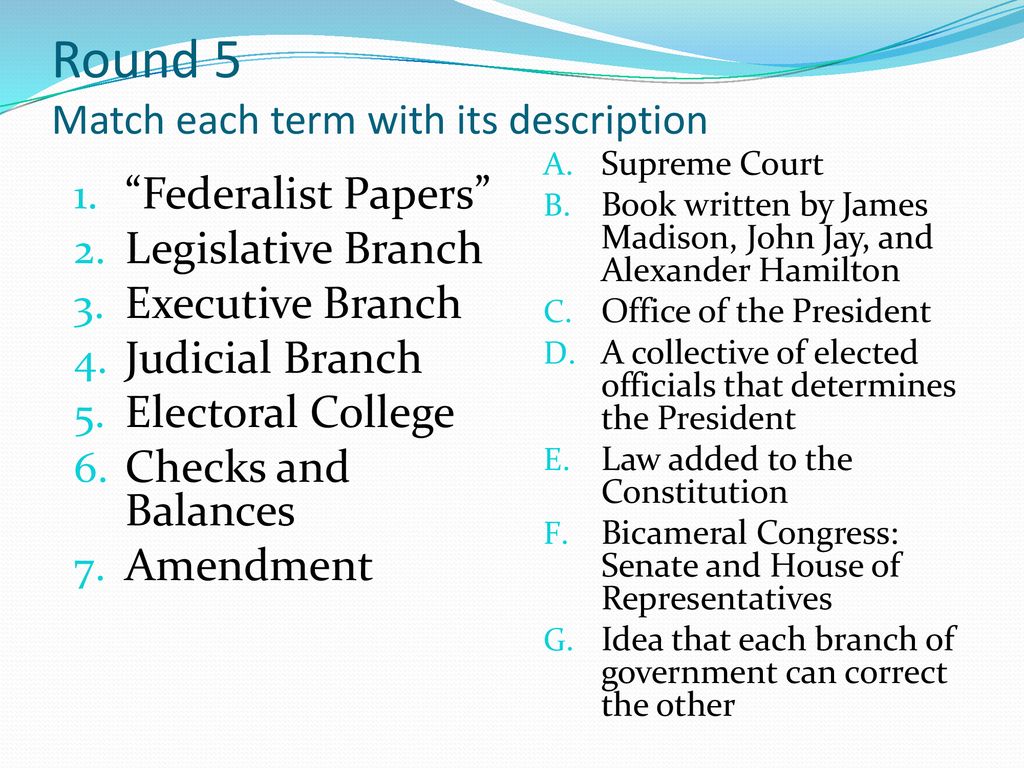

![Match The Constitutional Amendment With Its Description. [FREE] Drag each tile to the correct box. Match the president to the](https://media.brainly.com/image/rs:fill/w:1200/q:75/plain/https://us-static.z-dn.net/files/ddc/e8ed6d1c71880cce9502fa4d863063de.jpg)


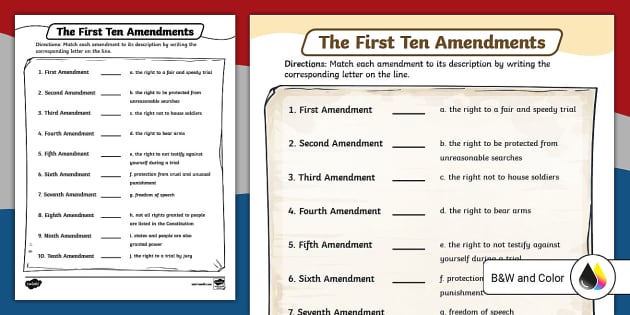

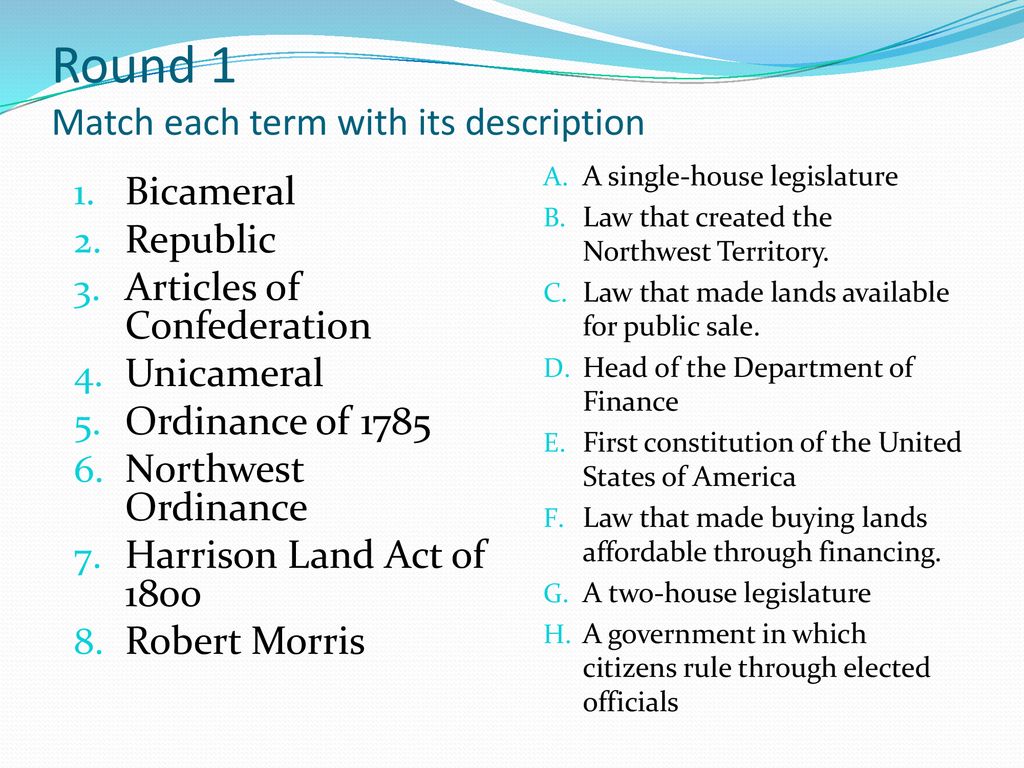

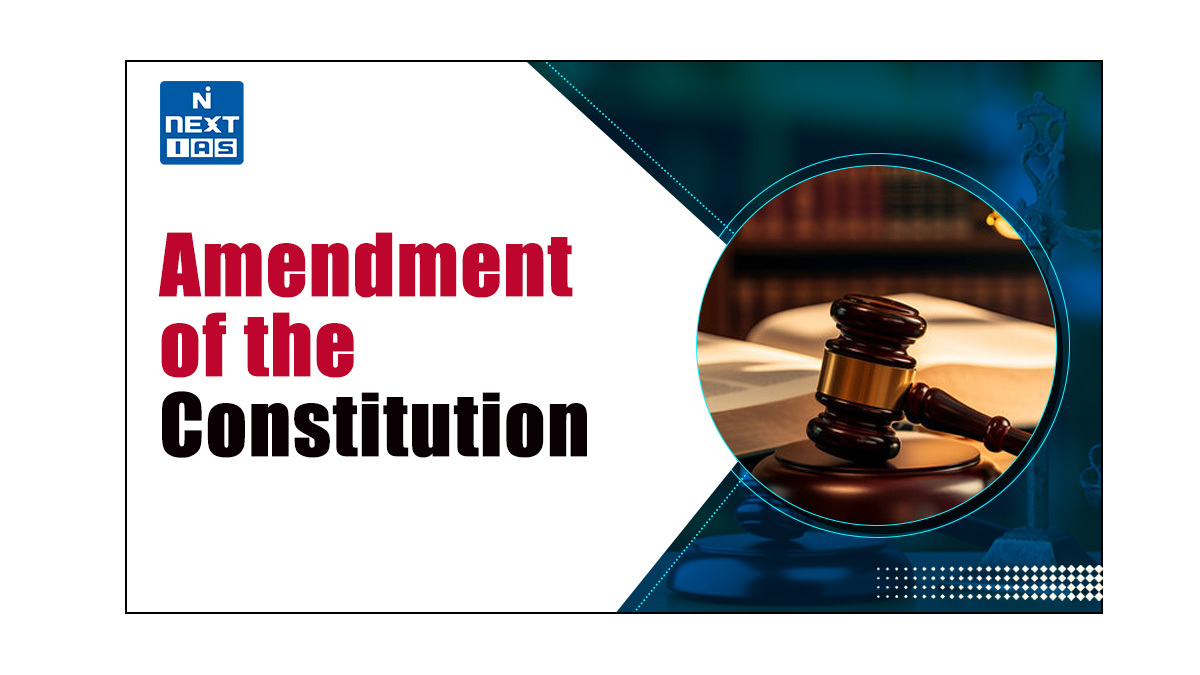


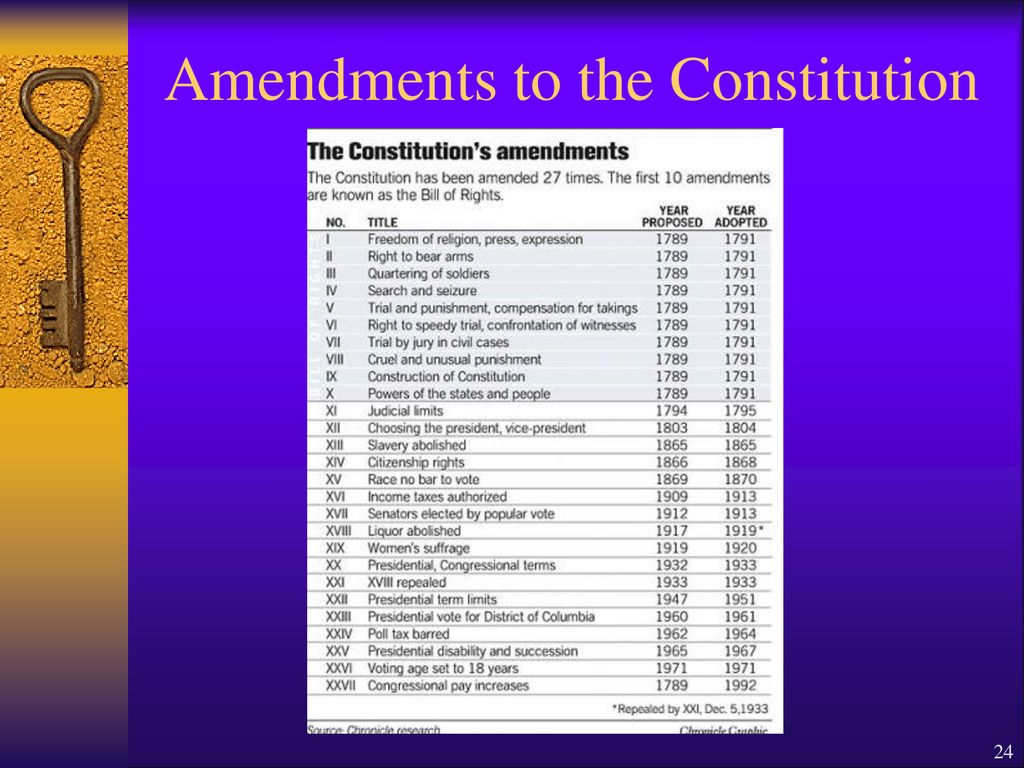



![Match The Constitutional Amendment With Its Description. [FREE] Match the constitutional right to the correct amendment. The](https://media.brainly.com/image/rs:fill/w:1080/q:75/plain/https://us-static.z-dn.net/files/d9e/6089a463098abe32cd03af1b70a2e4c4.png)
